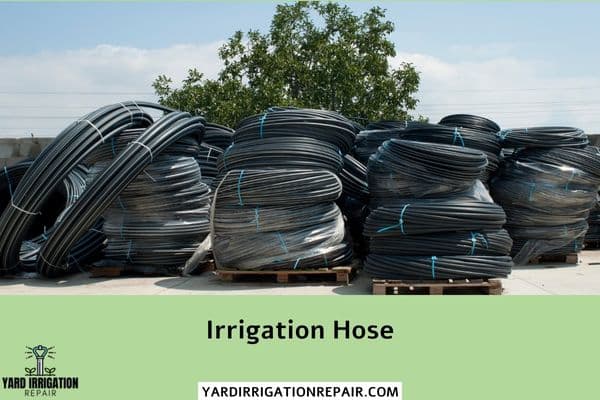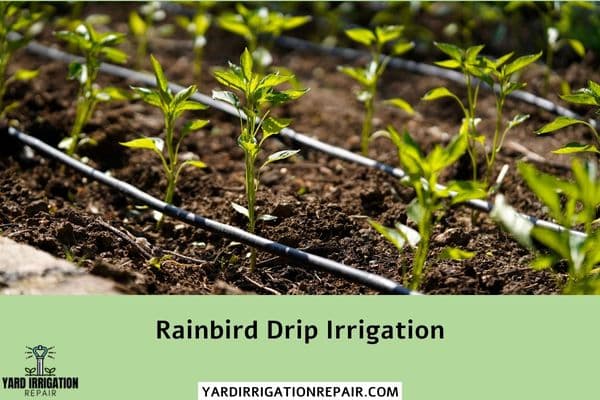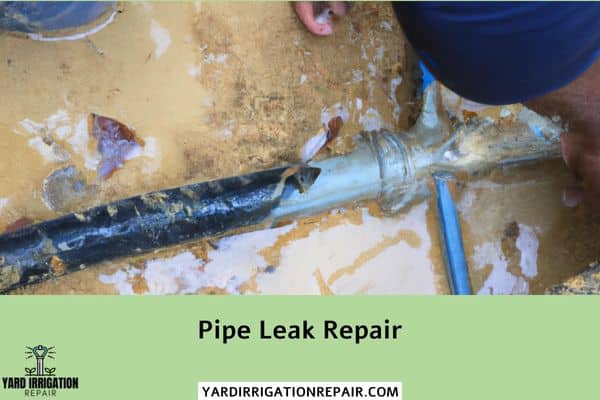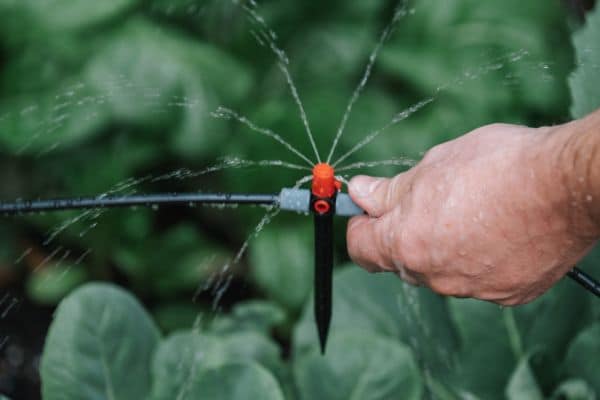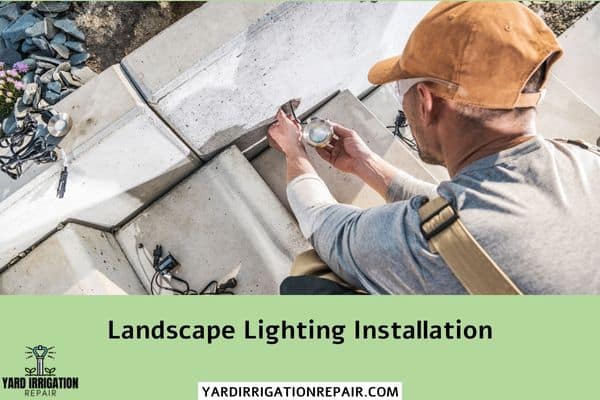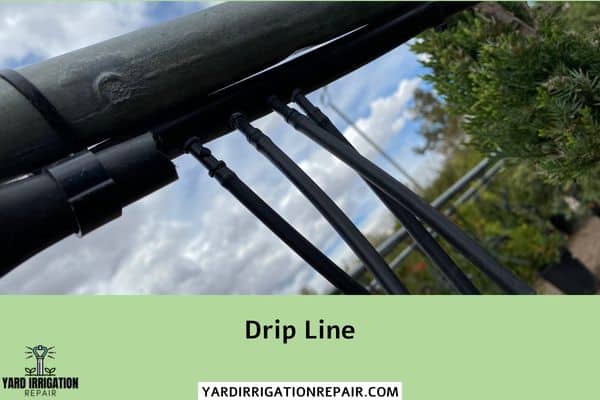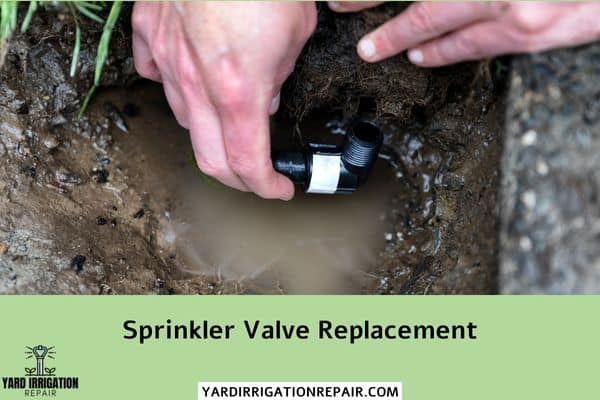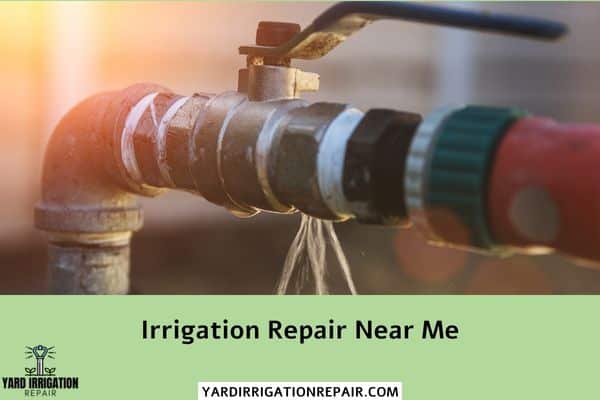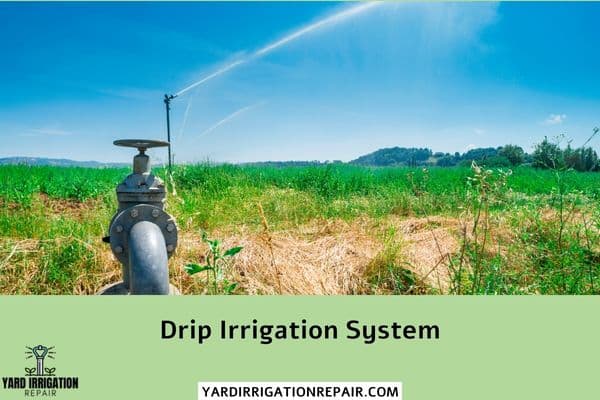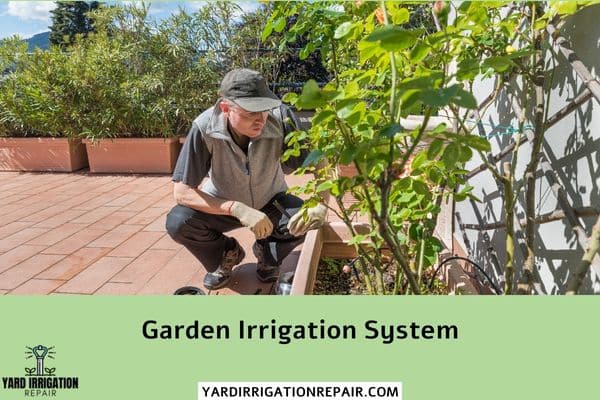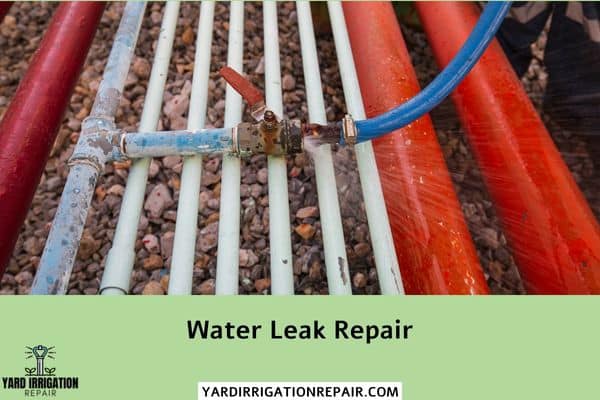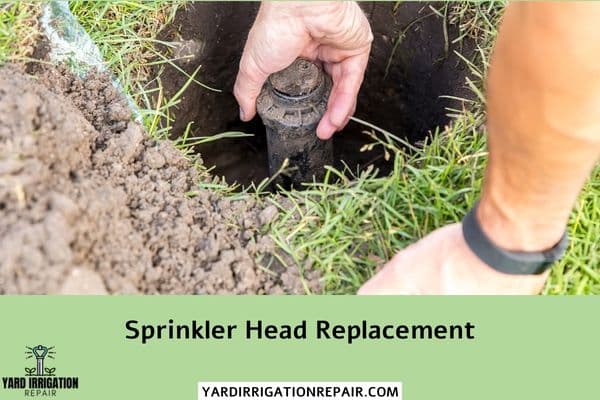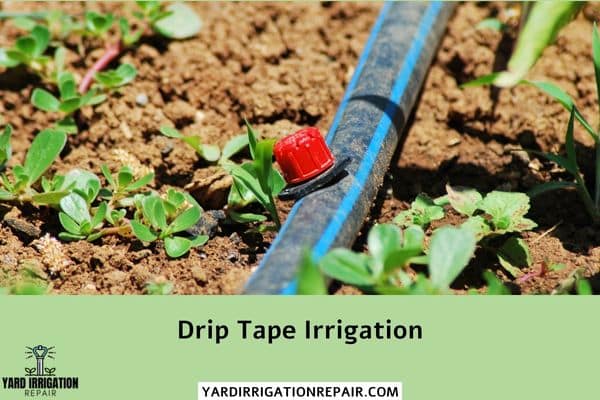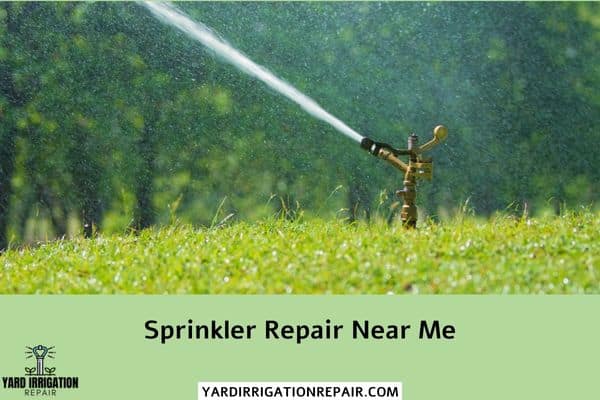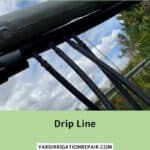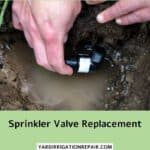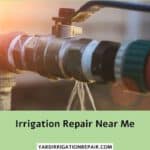Are you looking for a reliable and efficient way to keep your lawn or garden watered with minimal effort? If so, an irrigation hose is the perfect solution! Irrigation hoses provide users with an easy and automated way to water their plants, yards, or gardens without having to manually drag out a heavy hose on a regular basis.
With modern technology providing higher-quality materials than ever before, these flexible hoses are becoming more durable than they once were. In this post, we’ll take an in-depth look at how you can make use of an irrigation hose for optimal efficiency.
An Overview of Irrigation Hoses - What They Are and Their Benefits
Irrigation is vital when it comes to keeping crops healthy and promoting growth. However, the process can be quite time-consuming and labor-intensive, especially if it’s done manually. That’s where irrigation hoses come in handy.
These hoses are specially designed for efficient and effective irrigation. They’re flexible, durable, and built to withstand harsh weather conditions and constant water pressure. The benefits of using irrigation hoses are numerous.
They help conserve water, reduce labour costs, and above all, ensure that the crops receive adequate water and nutrients. In this overview of irrigation hoses, we’ll take a closer look at these essential tools, their benefits, and how they work.
Leave contact details
Different Types of Irrigation Hoses - Layflat, Soaker, PVC, and More
Irrigation is essential for farming and gardening. The right irrigation hose can make all the difference in terms of water efficiency and crop yield. There are different types of irrigation hoses available in the market.
One common type is the layflat irrigation hose, which is flat when not in use and can easily be rolled up. Another type is the soaker hose, which slowly emits water through tiny holes. PVC hose is another option, which is light, durable, and easy to handle.
Additionally, there are also drip hoses, micro-sprinklers, and many more to choose from. Each type has its advantages and disadvantages depending on the specific application and desired outcomes. Understanding the different types of irrigation hoses will help you make an informed decision and optimize your irrigation system.
How to Install an Irrigation Hose - Step-by-Step Guide
Maintaining a healthy lawn requires a consistent watering schedule, and an irrigation hose is an efficient solution to make sure your lawn is hydrated. Installing an irrigation hose may seem intimidating, but with this easy-to-follow step-by-step guide, you can set it up in no time.
An irrigation hose has specific features that make it easy to use and cost-effective. First, determine the water source and make sure your hose is long enough to reach your plants.
Then, attach the connectors to the watering hose and turn on the water supply to check for leaks. Lastly, turn on the sprinkler and adjust the water flow and direction as needed. With these simple steps, you can enjoy a healthy and green lawn without the hassle of manually watering your plants.
More Articles
Tips for Maintaining Your Irrigation Hose - Cleaning, Repairing, and Replace Clamps
As a responsible irrigation system owner, maintaining your irrigation hose is crucial to ensure that it functions efficiently over an extended period. Proper cleaning of the irrigation hose is essential to keep it working accurately and prevent blockages from developing.
When done regularly, cleaning helps to prevent clogging and rusting, which would ultimately compromise the system’s quality. Additionally, repairing and replacing clamps is necessary to ensure that the hose stays in good condition, keeping leakages at bay.
With these tips, the irrigation hose can have a longer lifespan, allowing you to enjoy an efficient watering system.
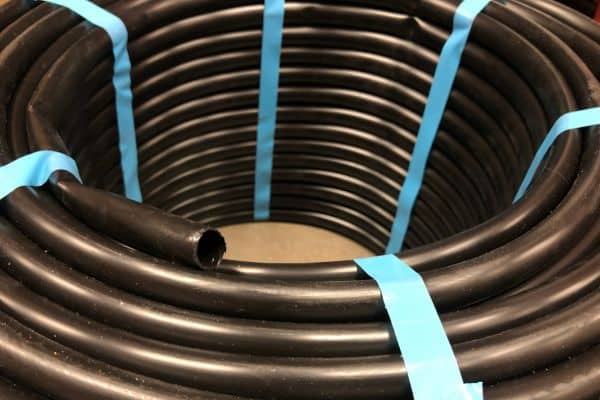
Using an Automated Watering System with Your Irrigation Hose - Advantages
Maintaining a beautiful garden can be a challenge, especially when it comes to watering. Fortunately, an automated watering system can make the task much more manageable.
When you combine this system with your trusty irrigation hose, you can reap incredible benefits. For one, an automated watering system can save you time and effort as it can be scheduled to water your plants at specific times.
You won’t have to worry about missing a watering session or overwatering your garden, which can be detrimental to your plants’ health. Moreover, an automated system can help you conserve water by using precise amounts of water, depending on your plant’s requirements.
So, if you’re looking for a time-saving and water-efficient solution for your gardening needs, an automated watering system coupled with your irrigation hose is the way to go.
Troubleshooting Common Problems with Your Irrigation Hose - Leaks and Clogs
Maintaining your garden or lawn can be a challenging task, and your irrigation hose is your go-to tool for keeping everything well-hydrated. Unfortunately, leaks and clogs can cause significant issues, leading to a patchy lawn or even plant die-off.
Troubleshooting common problems with your irrigation hose is crucial to ensure everything runs smoothly. In cases of leaks, inspect the hose from end to end and tighten any loose connections or replace cracked sections.
For clogs, use a specialized nozzle or stick to flush out debris. By staying on top of these issues, you can prevent costly repairs and keep your garden flourishing.
Installing an irrigation hose and setting up an automated watering system may seem intimidating, but with the right set of instructions and tips it can be done quickly and easily. With proper maintenance, these hoses can continue to save you time, effort, and money in the long run.
So if you are looking for a way to maintain your lawn or garden more efficiently, consider investing in an irrigation hose today. Additionally, don’t forget to decrease your water consumption by up to 75% with our exclusive line of Waterwise soil wetting products: specifically designed to reduce runoff while achieving the desired amount of moisture penetration.
To find out more about how Waterwise can help you conserve water and save money, contact us at 555-555-5555 or click here to request a free quote from one of our experts.

